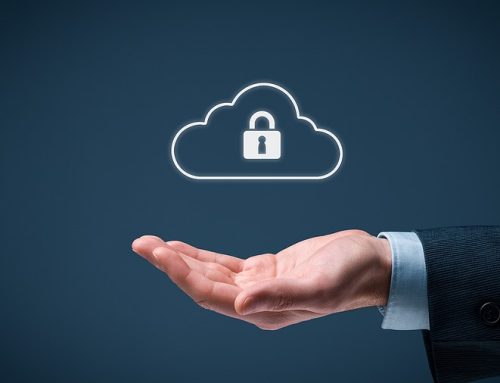Lawyers depend on email to communicate with colleagues, opposing counsel, clients and many others involved in a case. And moving years of accumulated email to a new system safely and securely can prove challenging. But email migration for law firms does not need to be an exercise in frustration. These tips will help to ensure an efficient email migration process.
1. Involve Lawyers in Creating a Migration Plan
Creating and following a step-by-step migration plan can mean the difference between success and failure. Begin by involving key stakeholders in the planning process. This should include not only the migration consultants and IT personnel, but also the lawyers themselves. Involving the lawyers up front will help avoid unnecessary risk.
Lawyers work with tight deadlines and busy schedules. Therefore, minimizing downtime and workflow interruptions will prove critical. Careful planning and preparation, along with effective tools and communication, will allow you to accomplish most of the migration in the background. To further reduce interruptions, schedule the cutover to the new system over a weekend.
2. Determine What Data to Migrate
Lawyers send and receive hundreds of emails daily, including many large attachments. Data from years earlier may no longer fall under retention requirements. In fact, saving some old emails may actually pose unnecessary risk. Additionally, large amounts of data increase the time and cost of the migration process.
A good migration consultant will assist the law firm in performing an initial system review. This will include assessing the number and size of mailboxes and archives. Eliminate duplicate data where possible. Agree in advance on rules to determine what data to keep and what to purge. Also, decide what to do with mailboxes for employees who have left the firm.

3. Understand Security and Compliance Requirements Up Front
Lawyers routinely work with sensitive client data and have a responsibility to keep that data safe and secure. State privacy laws and industry regulations govern how law firms treat email data, and lack of compliance can cost firms dearly. Migration must happen securely and in compliance with existing laws.
For instance, a firm that deals with healthcare law must consider guidelines from state ethics panels, as well as HIPAA requirements and privacy laws such as GDPR and CCPA. These laws have implications for cloud email storage, as they may govern whether firms can store data in other states or even internationally.
4. Use the Opportunity to Beef Up Security
An email migration presents the perfect opportunity to assess and upgrade law firm data security, as end users already expect change. Two good places to start include implementing multi-factor authentication (MFA) and ensuring solid email encryption. These add critical security layers that help regulatory compliance and prevent costly data breaches.
Also, serious consideration should be given to protecting where the data will be residing. This includes forced encryption of laptops and mobile device security and management. Hence, the data cannot be accessed even if the device is lost or compromised.
5. Proactively Automate Email Policies
The migration process also offers an ideal time to update and automate law firm email policies. Determining rules for email retention, for instance, helps firms decide what emails to migrate to the new system. And automating those retention policies streamlines data governance moving forward.
Additionally, well-crafted email policies improve regulatory compliance by defining and enforcing acceptable email usage. They provide the firm with a defensible position and also reduce the chance that employees will handle sensitive information inappropriately.

6. Provide Effective End User Training
Too many organizations make the common email migration mistake of neglecting end-user training. An updated email system such as Microsoft 365 can deliver significant benefits in terms of productivity and collaboration. But employees need to know how to use the new features in order to reap the benefits.
To improve end-user adoption rates, deliver engaging, targeted training. Taking a multi-faceted approach can save time and improve learning. For instance, keep formal training sessions to one hour or less. Supplement those sessions with visual reminders and brief on-line tutorials that cover specific topics.
7. Consultants Make the Difference in Email Migration for Law Firms
Moving hundreds or thousands of mailboxes to a new system can prove complicated. A botched migration process will result in lost productivity and sometimes damaging data loss. However, when law firms partner with reputable email migration experts, they tap into valuable tools and expertise.
The consultants at Messaging Architects bring decades of experience with complex email migrations. They will help you conduct a detailed pre-migration assessment and planning to ensure a smooth process, from kickoff through end-user training. And they will help you configure your system properly to keep data secure and automate email policies.








